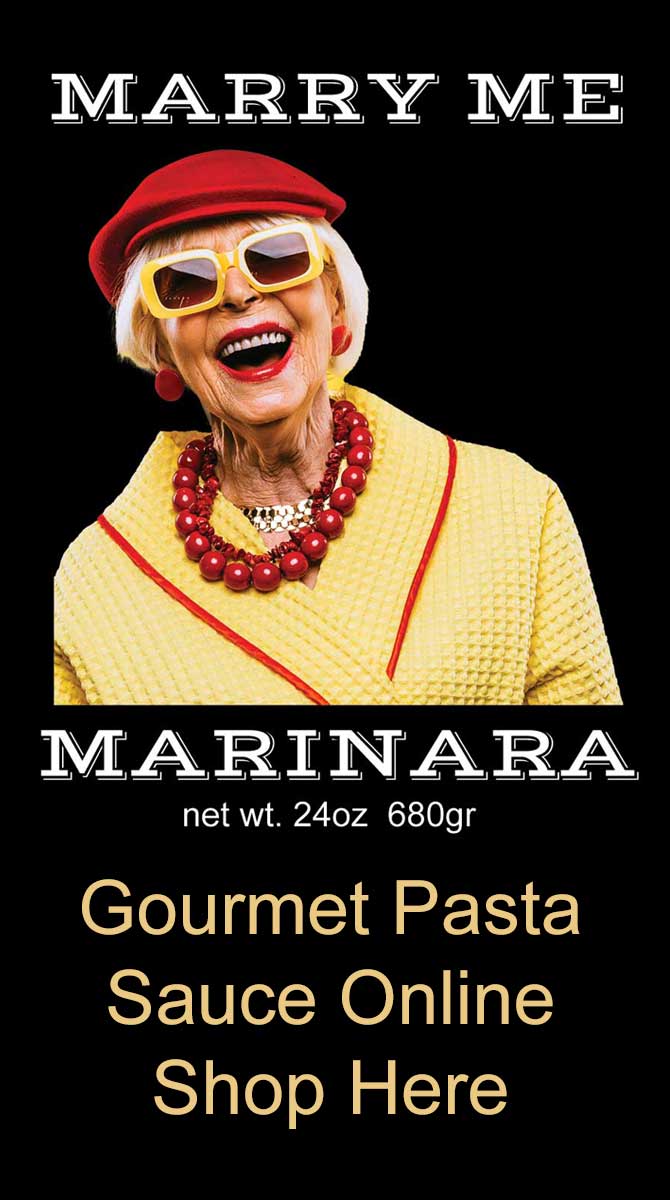As an expert in the luxury goods industry, I have seen a significant shift in consumer behavior when it comes to food. While food has always been considered a basic necessity, there is now a growing demand for luxury food products. This trend is driven by consumers seeking unique and high-quality dining experiences, as well as the impact of global climate change on everyday foods. A recent survey conducted by LendingTree revealed that 78% of consumers now consider fast food to be a luxury purchase due to its high cost. This is just one example of how food has become a status symbol and a way for individuals to showcase their wealth and taste. The demand for luxury food products is not limited to a specific region or demographic.
According to YouGov data, global demand for luxury food products is second only to luxury clothing or shoes. In a survey of 18 markets, 30% of respondents stated that they plan to purchase luxury meats, fruits, and vegetables in the next year. What was once considered everyday foods, such as coffee, meat, and spices, are now becoming luxury items due to changes in flavors and the impact of climate change on production. This shift in perception has been further amplified by the pandemic, which has caused individuals to idealize their daily lives and place added value on simple pleasures like preparing a meal or enjoying a cup of coffee. Even after emerging from the pandemic and entering a recession, food continues to be a status symbol for some members of Generation Z. According to a survey conducted by Vogue Business, more than half of American readers aged 16-24 have purchased what they consider luxury food or drink in the past year. Celebrities and influencers have also played a significant role in making luxury food products more accessible to younger generations.
From Erewhon milkshakes to tunacado, these products are now being promoted and endorsed by popular figures, making them more desirable and aspirational. While historically, certain foods like coffee, chocolate, and spices were considered luxury items, they are now readily available in supermarkets in many developed countries. This accessibility has been further facilitated by the growth of e-commerce and online marketplaces, allowing consumers to access luxury food products from around the world with ease. In response to this growing trend, fashion and beauty brands are also seeing the value of aligning themselves with food institutions or incorporating popular foods into their events and campaigns. This not only creates a sense of exclusivity but also helps to build brand value online. Ultimately, the goal is to create a similar impact in the food industry as Depop did in the fashion industry. By aligning with popular food trends and creating unique dining experiences, luxury food brands can attract a younger audience and establish themselves as leaders in the industry. The demand for luxury food products is evident across various markets, with countries like Canada, Spain, the United Arab Emirates, and India showing a significant interest in purchasing these products.
In contrast, countries like Singapore, France, and the United States are less likely to buy luxury food products. As an expert in the luxury goods industry, I have seen firsthand how food has become a symbol of wealth and taste. With the rise of social media and influencer culture, luxury food products have become more accessible and desirable than ever before. And as we continue to see changes in consumer behavior and global climate impacts, it is clear that the demand for luxury food products will only continue to grow.












